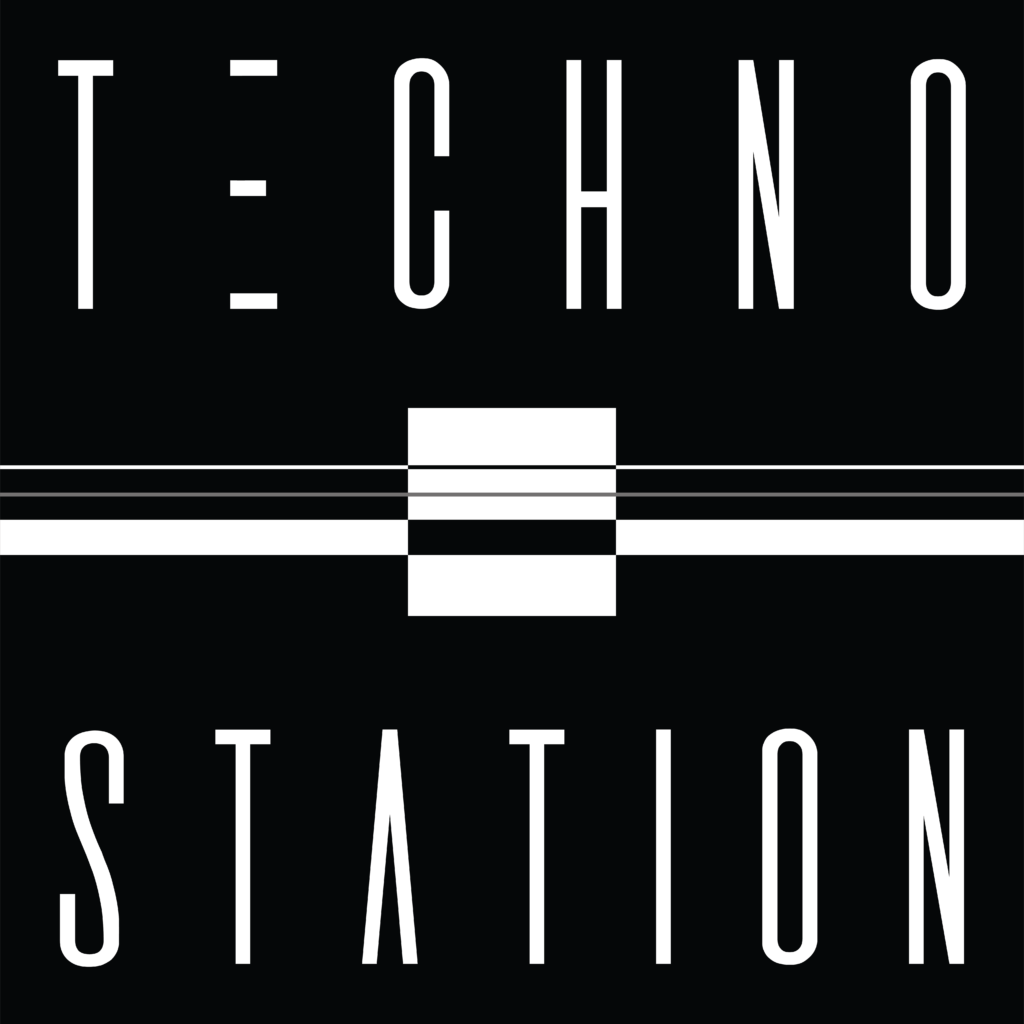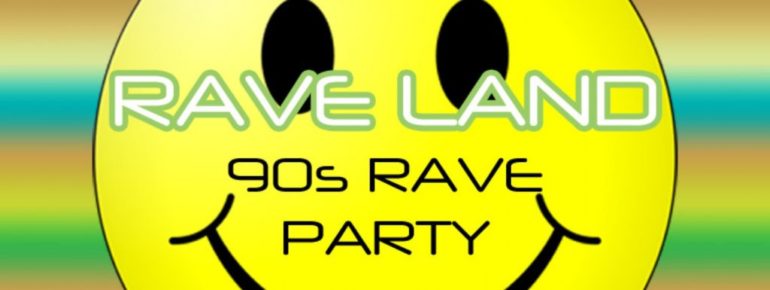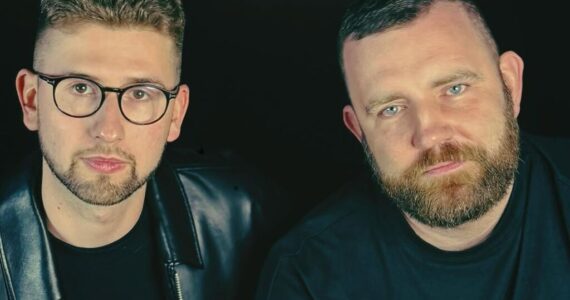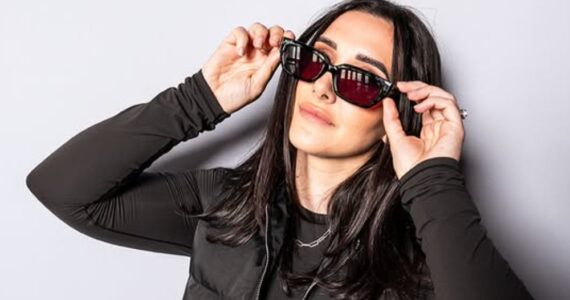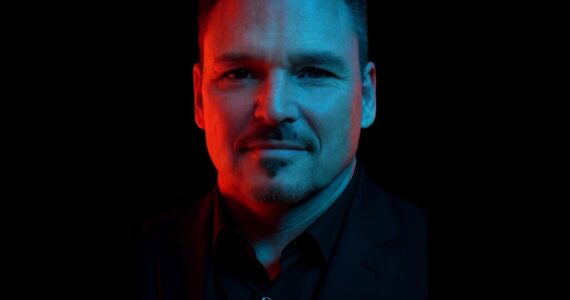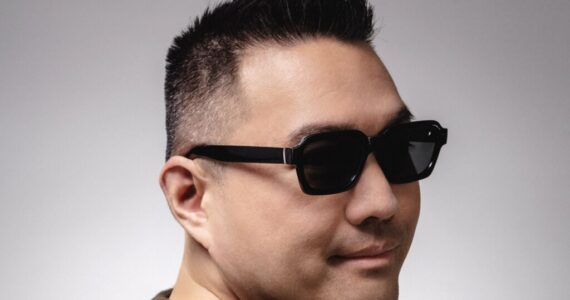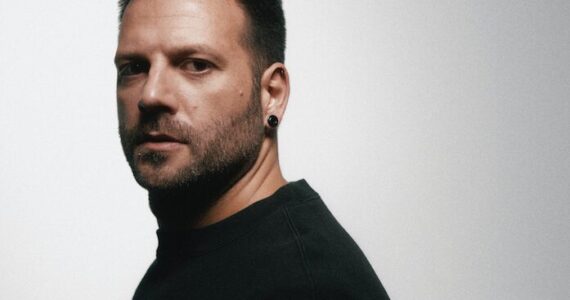90’s Rave: pure love, pure dance, pure revolution, pure drugs. How it all began.
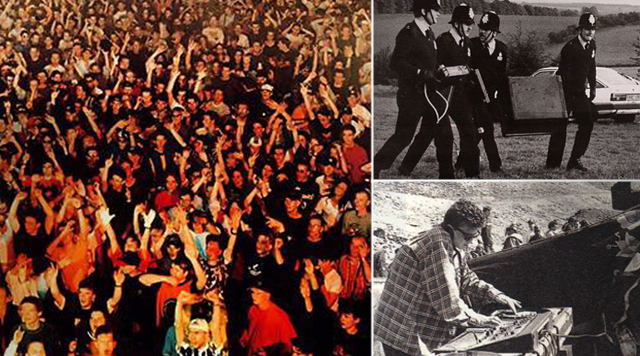
A rave (from the verb: to rave) is a large dance party featuring performances by DJs and occasionally liveperformers playing electronic music, particularly electronic dance music (EDM). The music is amplified with a large, powerful sound reinforcement system, typically with large sub woofers to produce a deep bass sound. The music is accompanied by laser light shows, projected images, visual effects and fog machines. The word “rave” was first used in the late 1980s to describe the subculture that grew out of the acid house movement.
(c) Wikipedia.
90’s Rave: the beaning
We live in the time when rave is the word that is only used when people want to describe a fierce party or to describe colors, styles and some types of electronic music. Basically, the word “Rave” became sort of a metaphor. But back in the days, it was the name for the revolution, not less than that.
In his autobiography Laurent Garnier’s “Electrochoc” – the bible for any electronic music lovers, Garnier is telling the story how the dance scene rise from the early 1980s at London’s Mud Club and Manchester’s Hacienda. the first parties, which later bloomed into the rave culture and everything we know now, were born in the UK in the 80’s.
The underground get-together’s of acid-loving music-heads were being held in various unexpected locations out of the cities – abandoned warehouses, old plants and parking lots. People used to get information about locations by calling a phone number. They dressed up, took their friends and went to be free and dance.
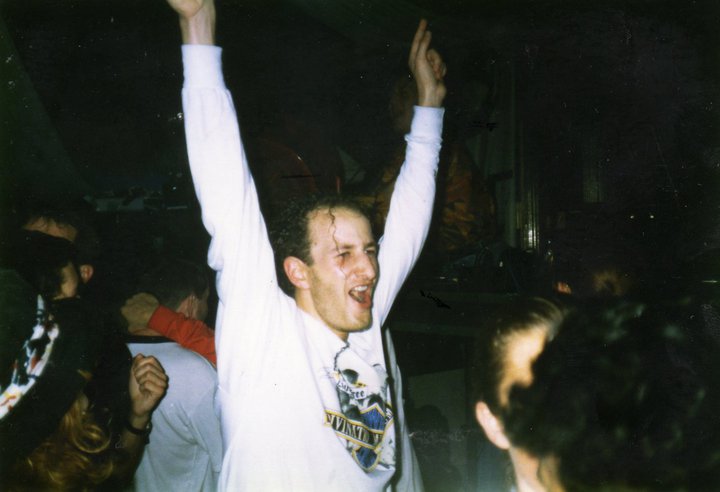
The rave scene very much came from the Acid House scene of the late 1980s. Acid House being a derivative of house music which added a repetitive beat with elements of trance. Acid House has its origins in Chicago where the first supposed Acid House record was created.
Acid House continued to remain prominent throughout the 90’s rave scene with the emblem and predominant logo of the culture being a yellow smiley face symbol which was commonly associated with Acid House
Acid house hadn’t really made a big impact, until a group of four DJs (Paul Oakenfold, Danny Rampling, Nicky Holloway and Johnny Walker) took a trip to Ibiza to visit the acclaimed club Amnesia. They heard the resident DJ Alfredo blending records in the ‘balearic’ style, which fused together funk, soul, dance and a few Chicago acid tracks.
When Rampling returned to the UK, he threw an event to bring the spirit of Ibiza to the UK. ‘Shoom’ was held on December 5, 1987 in a fitness center in on Southwark Street. The party went all night; acid house blared on a sound-system provided by Carl Cox, and the crowd raved on the then-new drug ecstasy.
“I supplied the sound system for the first two Shoom club nights. Danny asked me to come down because he knew I was already into the music. This whole rare groove movement had lasted for years in London but it couldn’t really go any further, whereas house music pointed the way forward”. – Carl Cox
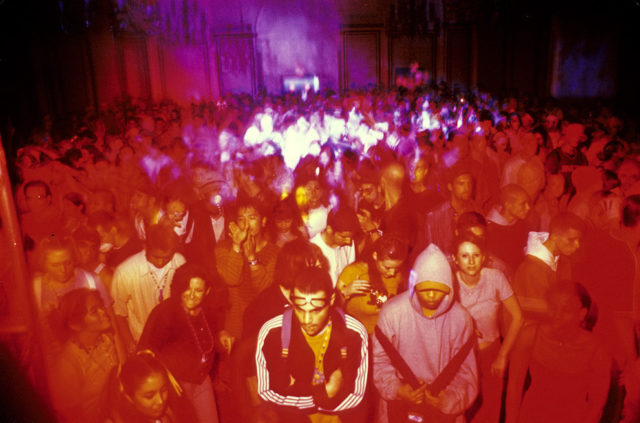
The third Shoom flyer featured the smiley face that became the defining symbol of acid house. This period became known as the Second Summer of Love.
“It was all one love, everyone together. Anyone can dance all of a sudden, freedom of expression. Dress down, not up. Converse trainers, smiley T-shirts – a sort of tribalism took over. Everyone was happy to be the same”. – Pete Tong
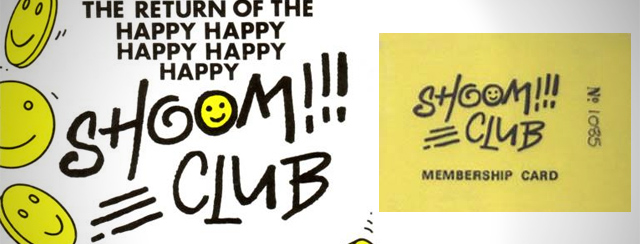
For a ‘raver’ going to a rave was not just about the music, it was about the fashion. A mixture of neon colours, tye-dye, bum bags and the smiley face logo was the raver’s trademark. It seemed a statement of standing out within the confines of a club and emulate the neon or strobe lighting of club scenes.
The Ravers used to live from a rave to a rave. The generation brought up by house music was somewhat similar to the hippie generation. They were free and all they wanted was peace, love and dance. The magic of the moment, when you hear the address and know that you will be there in a couple of hours with your friends, dancing to the magic sounds of acid house can not be compared to the way we party now.
“My own experience of Acid house past to present is having a great DJ, uplifting spirit, A good basement or warehouse underground space in the darkness with strobe lights & the crowed – as one, celebrating the 303 sound. No camera phones pointed at the d, just us together with the music melding into the sound” – Danny Rampling
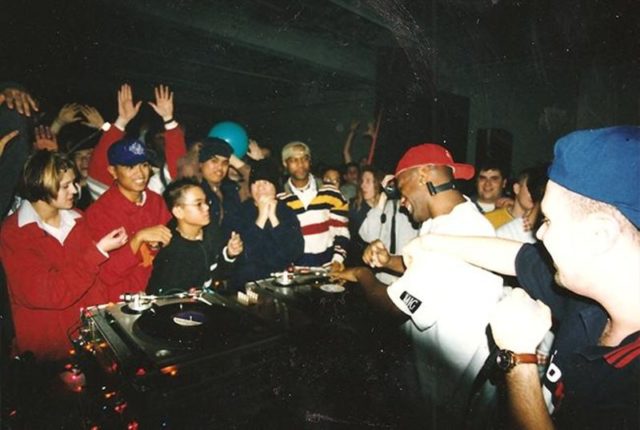
Gary Chandler. Packard Plant party by Brian Gillespie in Detroit.
90’s Rave: the UK Protests:
When rave culture took over the world, the UK youth had to fight for their right to party. Section 63 of the 1994 Criminal Justice Act was the law that made raving impossible. The law forbid gatherings and police was raiding the suburbs and outskirts of the cities, stopping any activities they considered suspicious. On one of the occasions a helicopter and an enforced squad were sent to stop a… birthday party in a house outside a city.
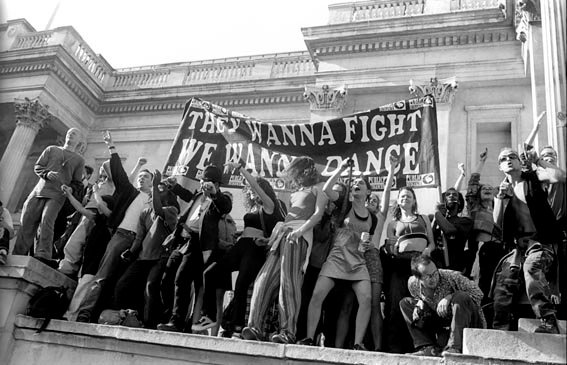
1994 protest to Section 63 of the Criminal Justice Act in UK.
More than 5000 people went to the streets in London to defend their right to dance. Here is a great documentary by Dazed about the UK rave culture:
90’s Rave: The music
Acid house brought house music to a worldwide audience. The influence of acid house can be heard on later styles of dance music including trance, breakbeat hardcore, jungle, big beat, techno and trip hop.
Clubs like Shoom, Hacienda, Trip & the outdoor raves earned their place in history and helped dj’s like Carl cox, Sasha, Josh Wink, Danny Rampling, A Guy Called Gerald, DJ Pierre, Chemical Brothers, Plastikman, Aphex Twin & others to become legends. the early raves during the first days the 90′, the acid music, the MDMA & the dancing crowed were just the opening shot of the new cultural movement that was spearing over Europe not just changing the way people danced but also spreading new winds in the minds of the young generation and its political views.
What started in the U.K was soon to connect Amsterdam, Berlin, Ibiza & Detroit & New York.
Generation X was born, the dance revolution started
Listen to this playlist of Acid classics
Listen to this playlist of 90’s Electronic Music Hits

